Buffalo: Majestic Giants of the Grasslands
The buffalo, also known as bison, is a magnificent and iconic symbol of the North American grasslands. With its massive size, historic significance, and vital role in shaping the continent's ecosystem, these creatures have captured the imagination of people for centuries.
Physical Characteristics:
Buffaloes are imposing creatures, characterized by their hulking size and distinctive appearance. Their shaggy coats vary in color from dark brown to almost black, providing insulation against the harsh elements of their natural habitat. Adult males, or bulls, can weigh up to 2,000 pounds and stand around six feet tall at the shoulder, while females, or cows, are slightly smaller.
The hallmark of the buffalo is its curved and sharply pointed horns, which can span up to two feet across and serve as both a defense mechanism and a tool for foraging. Their strong, muscular bodies and unique hump over the shoulders contribute to their remarkable ability to survive in rugged environments.
Historical Significance:
Buffaloes have played a profound role in the history and culture of North America. Native American tribes relied on these animals for sustenance, utilizing nearly every part of the buffalo for food, clothing, shelter, and tools. The buffalo became a symbol of strength, endurance, and interconnectedness with the land for many indigenous communities.
The arrival of European settlers in the 19th century led to a tragic decline in buffalo populations. Commercial hunting, driven by the demand for buffalo hides and the disruption of Native American societies, decimated the herds that once roamed the plains by the millions. The near-extinction of the buffalo had far-reaching ecological and cultural consequences.
Conservation Efforts:
Recognizing the importance of the buffalo to the ecosystem and cultural heritage, conservation efforts were initiated to protect and restore their populations. National parks and reserves were established to provide a safe haven for these majestic creatures to thrive. Bison breeding programs have also been successful in reintroducing the species to areas where they once roamed freely.
Today, thanks to these conservation efforts, buffalo populations have rebounded to some extent. While they no longer roam the plains in the numbers they once did, their presence serves as a reminder of the need to balance human progress with the preservation of the natural world.
Ecosystem Impact:
Buffaloes have a profound impact on their environment. Through their grazing habits, they help maintain the health and diversity of grasslands. Their hooves aerate the soil and create depressions that collect water, benefiting other species and promoting the growth of a variety of plants. In essence, buffaloes are a keystone species, influencing the structure and function of the entire ecosystem.
In Conclusion, the buffalo holds a special place in the history, culture, and ecology of North America. Its resurgence from the brink of extinction stands as a testament to the power of conservation efforts and the importance of protecting our natural heritage. As these majestic giants continue to roam the grasslands, they serve as a living reminder of the interconnectedness between humans, animals, and the land we share.
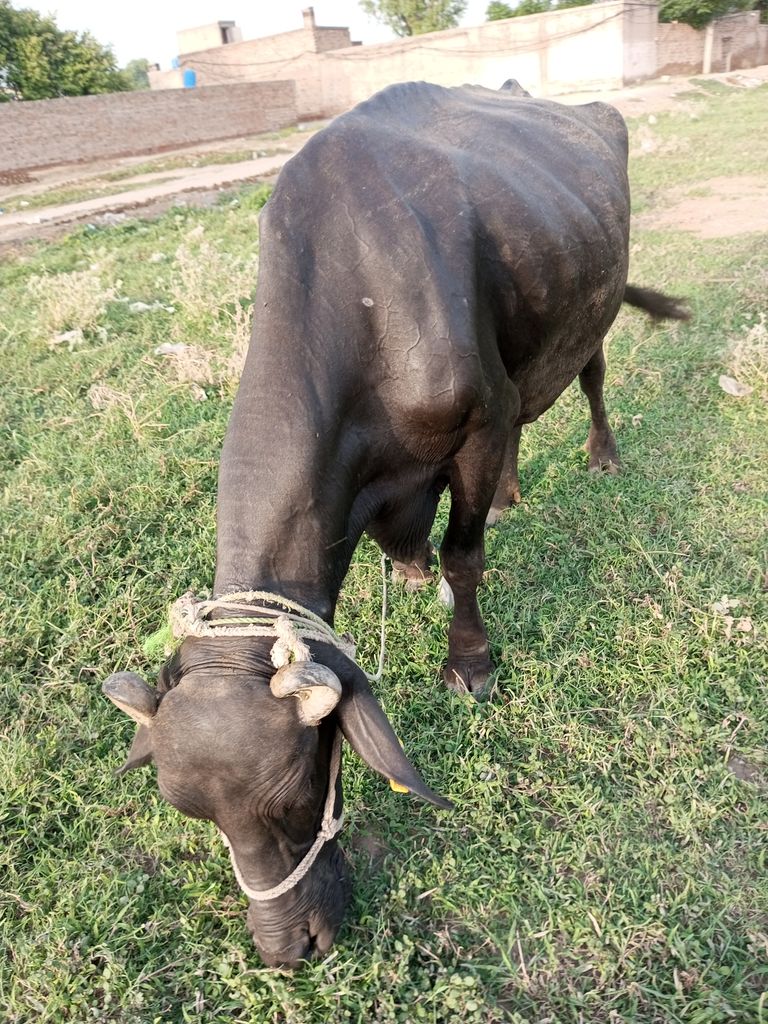
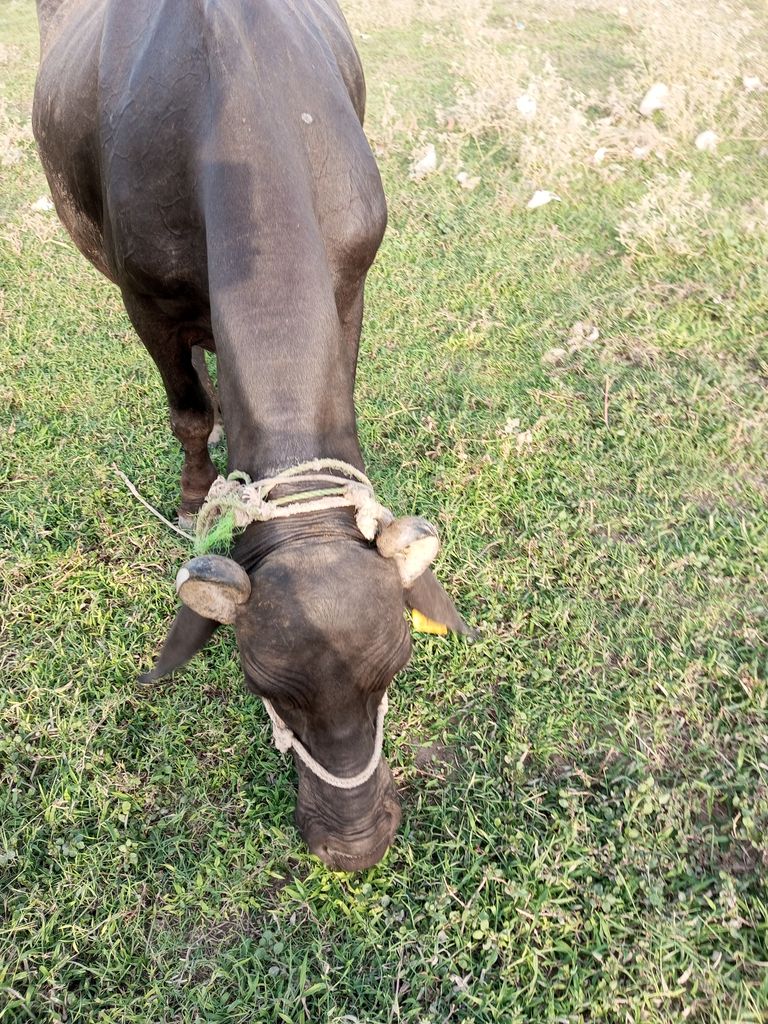

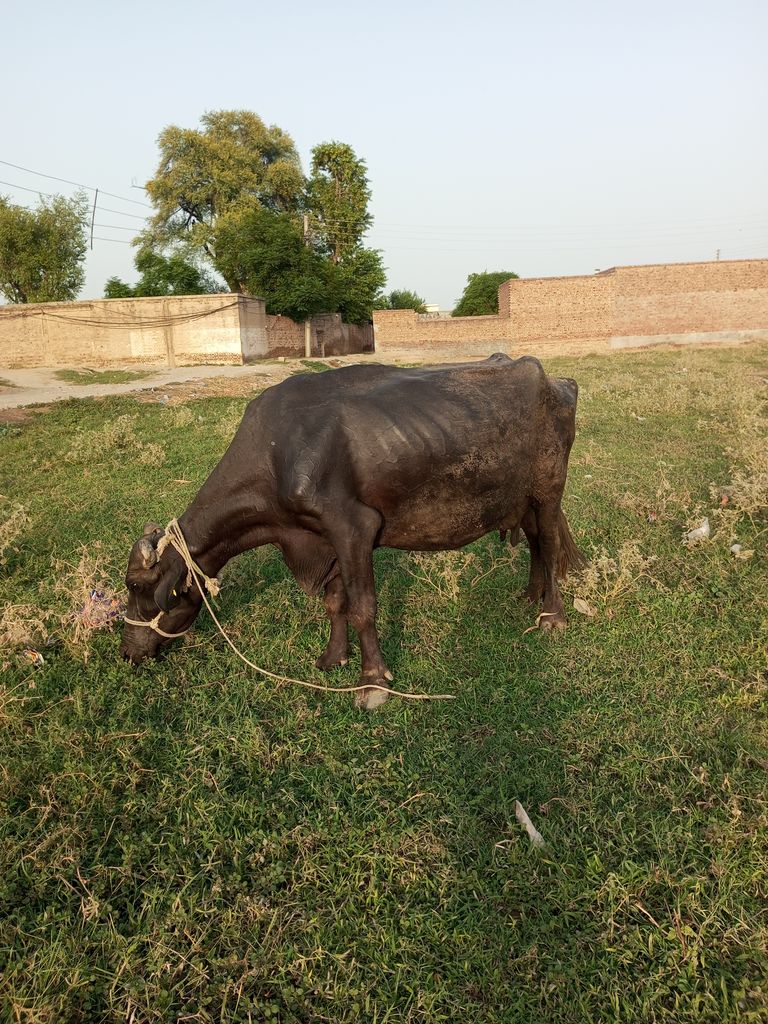

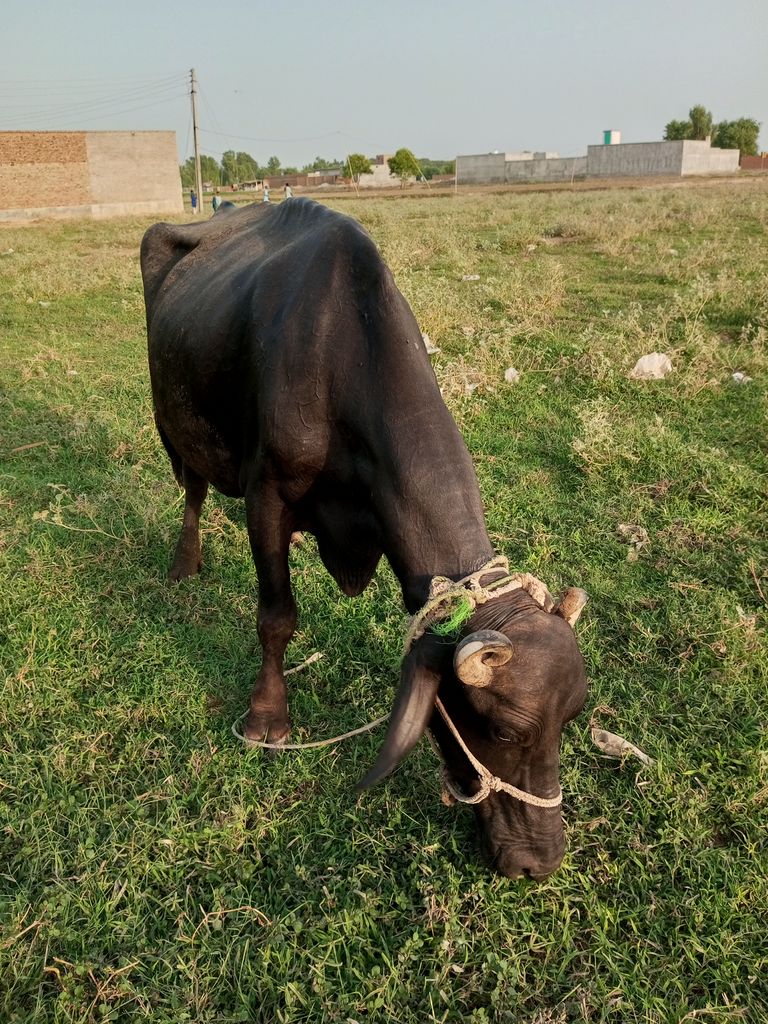
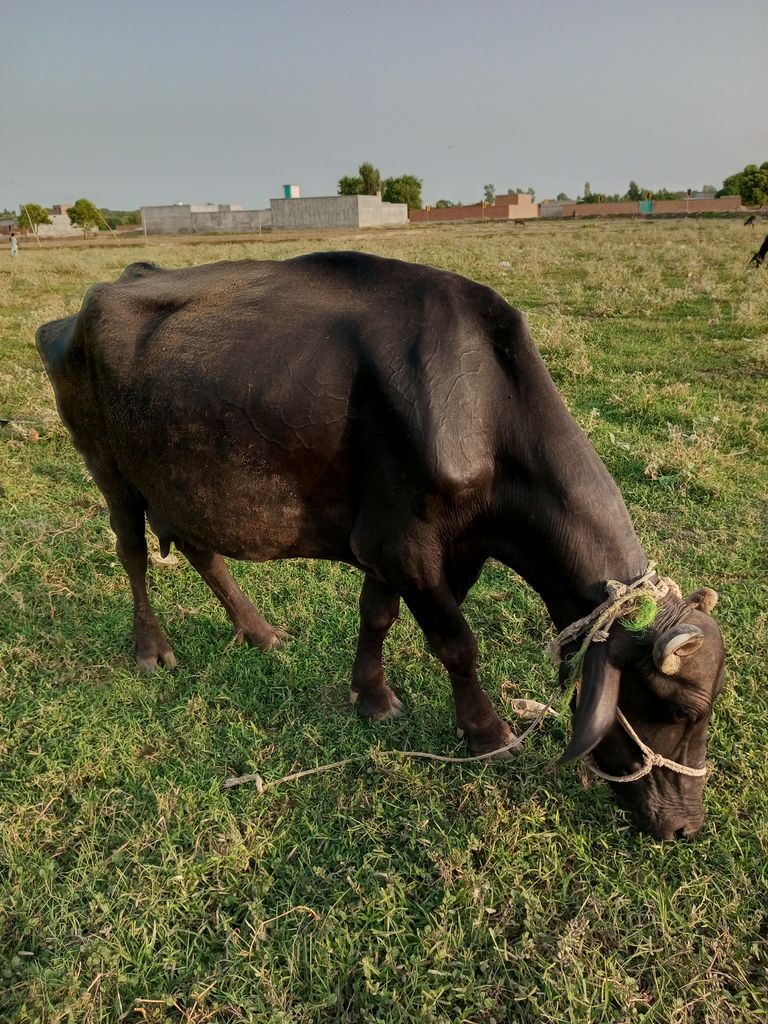
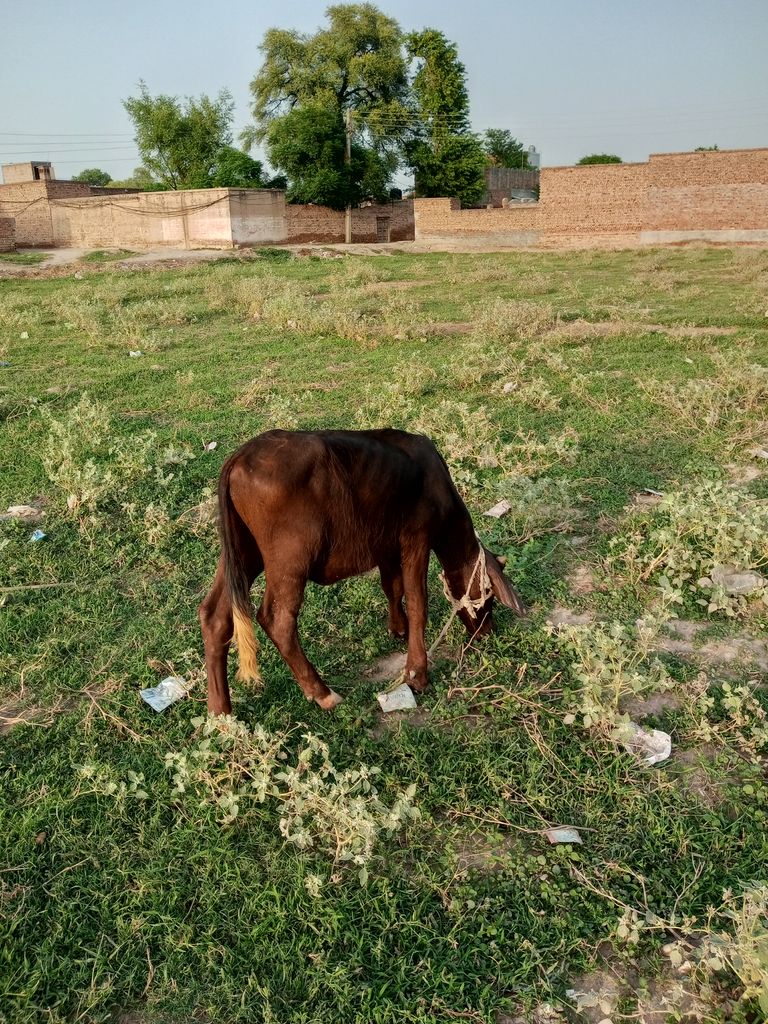
Congratulations, your post has been curated by @r2cornell, a curating account for @R2cornell's Discord Community.